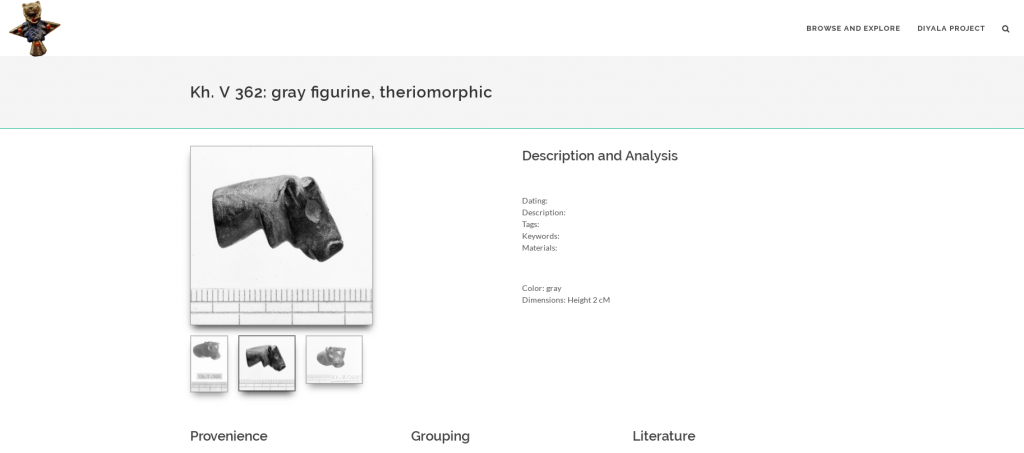Machine Translation and Automated Analysis of Cuneiform Languages (MTAAC)
MTAAC is an international collaboration between the University of Toronto, University of California, Los Angeles and the University of Frankfurt. Its objectives are mainly to prepare a methodology for the automated translation and analysis of cuneiform languages and to produce new data by extracting information from the same texts. The project team is working on the Ur III administrative texts, 67 000 transliterated sources that are currently accessible on the CDLI website. As executive manager, I am in charge of planning and communications but I also work on documentation, analysis, annotation, and coding.
MTAAC homepage
Cuneiform Digital Library Initiative (CDLI)
The CDLI is a two decades strong repository of curated data from cuneiform inscribed objects, in the form of images, metadata, and text (transliterations and translations). Its objectives are the exhaustive compilation, preservation and access promotion of these cuneiform sources in their digital form. It is the largest endeavor of this nature in the field of Assyriology. As co-PI, I manage sub-projects mostly related to infrastructure, preservation, access and data acquisition. This includes project and team management, and standards and policies development.
CDLI homepage
Diyala Project
The Diyala Project is a well-established research endeavor that acts as a research database and online publication of all objects that were dug up by the Oriental Institute in the Diyala region in the 30′. My role in the project is to prepare and manage an accessible interface that is geared toward a more general public to share the complex information from the database in an approachable way. This means making it possible to navigate the four principal archaeological sites using interactive maps and creating simplified (no jargon, user friendly display) and accessible (by web standards) views of objects.
For the maps navigation I am using inline svg images so I can style sections of the maps with css and make them clickable zones with hover events, this linked with the database through PHP for coordinates, names of places or areas / loci, descriptions, etc.
Future plans include using a crowdsourcing extension to include an interested public in knowledge exchange for the transcription of handwritten notes taken by the excavation team.
Stay tuned for the announcement of the beta release!
Diyala homepage
